Search
Did you mean: Serf?
Remove Ads
Advertisement
Summary 
Loading AI-generated summary based on World History Encyclopedia articles ...
Search Results
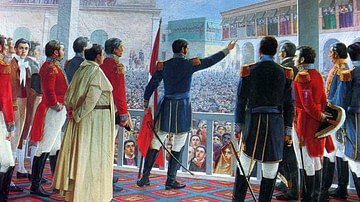
Image
Proclamation of the Independence of Peru
Proclamation of the Independence of Peru, oil on canvas by Juan Lepiani, 1904. Lepiani depicts José San Martín (1778-1850) declaring Peruvian independence on 28 July 1821 in Lima, Peru. National Museum of Archeology, Anthropology and History...
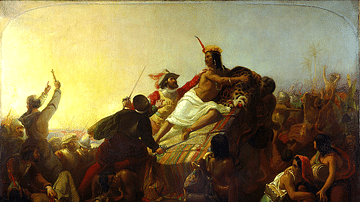
Image
Pizarro Seizing the Inca of Peru
An 1846 painting by John Everett Millais titled "Pizarro Seizing the Inca of Peru". The scene shows the conquistador Francisco Pizarro (c. 1478-1541) capturing the Inca ruler Atahualpa at the battle of Cajamarca in 1533. (Victoria and Albert...
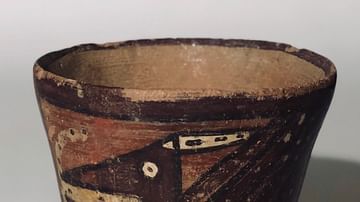
Image
Wari Kero (Drinking Cup) from Peru
This is a Pre-Columbian Wari kero (drinking cup) is painted and made from clay. It comes from what is present-day Peru, and it dates from c. 600-900 CE. Painted in shades of purple, orange, white, and black, this cup has a highly stylized...
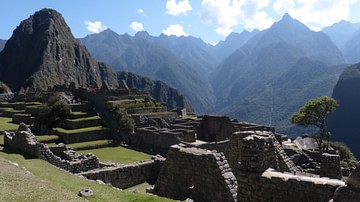
Image
Machu Picchu, Peru
The Inca site of Machu Picchu built by Pachacuti Inca Yupanqui (1438-71 CE). Fortress, sanctuary, and once home to around 1,000 residents, the site is perched in the high Andes above the river Urubamba.

Video
SACSAYHUAMAN-CUSCO-PERU
Sacsaihuaman o Sacsayhuamán (quechua: Saksaq Waman, 'Halcón satisfecho' )? es una fortaleza incaica hoy en ruinas ubicadas dos kilómetros al norte de la ciudad del Cusco, en el Perú. Sacsayhuamán fue construida originalmente con propósitos...

Video
Chan Chan Peru HD Version
Tour of Chan Chan 5 kms west of Trujillo. Soundtrack contains my original music score.
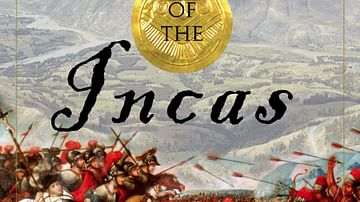
Interview
Interview: The Last Days of the Incas (Kim MacQuarrie)
How did a mere 167 Spaniards conquer an empire of 10 million people? The Spanish were outnumbered 200-to-1 yet they were able to seize the Inca capital, Cuzco, and dispose of the Inca ruler within only a year. Kim MacQuarrie's The Last Days...

Definition
Francisco Pizarro
Francisco Pizarro (c. 1478-1541) was a conquistador who led the Spanish conquest of the Inca civilization from 1532. With only a small group of men, Pizarro took advantage of his superior weapons and the fact that the Incas were weakened...
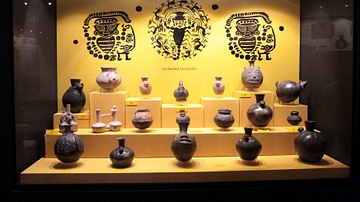
Article
Pre-Inca Civilisations at the Tucume Museum
On 1 November 2015 CE, at the annual dinner hosted by the British Guild of Travel Writers at the Savoy Hotel in London, it was announced that the Tucume Museum in northern Peru had won the prestigious award for the Best Wider World Tourism...
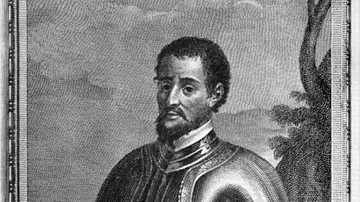
Definition
Hernando de Soto
Hernando de Soto (c. 1500-1542) was a Spanish conquistador who fought in Panama and Nicaragua and accompanied Francisco Pizarro (c. 1478-1541) in the conquest of the Inca civilization in Peru. He famously explored North America, including...